Ten Seconds: Destroyed - Motorcycle.com
Fontana, CA -- Take one part novice and one part professional instruction; mix together thoroughly with street bike and marinade for approximately two hours. Remove novice from street bike and add one turnkey drag bike. Bake rear tire for two to four seconds and then let mixture settle for 30 to 60 seconds. Set novice and turnkey drag bike at starting line. Turn on timing lights; apply full throttle then release clutch immediately to inject 165 horsepower. Hold full throttle for the length of a quarter mile or 9.96 seconds. Remove jubilant novice and garnish with NHRA license.
That's a recipe that just about anyone with $31,249.00 and most of the above ingredients can use to accomplish the same results or better, thanks to the Harley-Davidson Motor
Earlier this year Harley unveiled the new for 2006, VRXSE Screamin' Eagle Destroyer. A closed-course only motorcycle based on the 2006 VRSCA V-Rod chassis but designed specifically for drag racing. Even though Harley touts the Destroyer as a `Pro-Level Drag Bike', they make the distinction that "the goal is to bring grass-roots racing to dealerships and riders alike", according to Joe Nutt, CVO Project Leader for the Screamin' Eagle Destroyer. As evidence of that, for 2006 there will be a dedicated AHDRA Pro class for the Destroyer.
An MTC multi-stage lock up clutch handles harnessing the power that this dragon produces and puts the ponies to a transmission that has a modified input, actuator and output shaft assembly which works with an electric-over-air shift system. Final drive is a 530 DRZ chain. It's the same chain that the Vance and Hines drag racing team uses.
A combination of things that you can and can't see further distinguishes this orange demon from its V-Rod relatives. Like the programmable, multi-mode shift light and a two-stage launch box (not lunch box) that's linked to the shift lever. Speaking of being programmable and invisible, the Destroyer will be shipped with a Screamin' Eagle Race Tuner that you can use to play with the ECM. A digital tach/LED shift light is about the only indication of what's going on.
All this stuff sounds neat-o but what would it be like to ride one? MO was invited to find out just what Harley means by a turn-key, non-street legal, sub 10-second drag racing motorcycle. A cool, rain threatened day greeted us at the California Speedway Drag Strip in Fontana, California for what would be to some in attendance, their first time ever down the quarter mile. I was one of those. Never having been less than 10 feet from a drag strip, let alone racing on one, some instruction would be necessary at least as far as Harley-Davidson was concerned. To fill the shoes of instructor Harley chose seasoned drag racer Gene Thomason who is more than qualified as he routinely blasts down the strip on 200 horsepower Pro Gas drag bikes.
For instance, approaching the burn out section or "box", you should already be looking down the track and picking a point in the distance to begin lining yourself up, all the while being conscious of not moving the bike through the water that's used to help initiate the burn out. After positioning the bike in front of the water my next step was to ease the bike backwards so the rear tire would be in the water. The entire time you're backing up you never want to lose your gaze down the strip. Looking anywhere other than straight down at your feet will cause you to be crooked. Once I was certain that I had the rear tire in the water I then eased the bike forward approximately four feet to position for the burn out. Next in the process is getting the bike into second gear (not first as many would assume), holding the front brake with all four fingers, holding in the clutch and revving the engine to around 7,000rpm for the V-Rods and around 5,000rpm for the Electra Glides by using that fifth digit called the thumb. Now you're ready to release the clutch, shove the front end into the ground and keep the revs up.
Just about everyone has seen the configuration of lights at a drag strip: three yellows and a green on the right and left and a single red light at the bottom. The typical countdown, so to speak, is yellow, yellow, yellow, green. In a pro tree scenario all the yellows will light at once and then the green. Gene's instruction to us drag race hopefuls was to drop the clutch and go once you see all yellows light up. The bike and rider reaction time will be such that once the bike moves the green light should be up. It's just one more thing to catalog in the "easier than it sounds" section. Should the rider do all this as planned the only thing to do after that is keep the throttle open, shift and go straight. Somewhere in the next nine to 14 seconds you can expect to reach the end of the quarter mile.
"It was over before I knew it!"
After completing 15 to 20 passes on various street bikes it was time to move onto the big dog. Gene needed to give additional instruction to us for riding the Destroyer. The general principles were the same but the Destroyer, being a true drag bike, has a variety of nuances. For example, the "stutter box", as it's commonly referred to, is the programmable rev limit depending on whether the clutch is disengaged or engaged. With the clutch lever pulled in the bike could only rev to 7,500rpm. Once the clutch is released the engine will go to full rev, somewhere around 10,000rpm. And again, this can be programmed to the racer's liking.
The first pass was what's called a soft launch. In other words, the goal was to essentially roll away from the line and continue to build speed through first gear. After first gear at full throttle, we could hold the throttle open and shift when the shift light said it was time, with engine speed around 8,000rpm. Call it a soft launch if you want but there's nothing soft about the way this liquid cooled, 1,300cc eagle screams. Since there really isn't anyway to describe something like riding a dedicated drag bike for the first few times a lot of cliche have to be applied. One to start with is: "It was over before I knew it!"
More by Pete Brissette



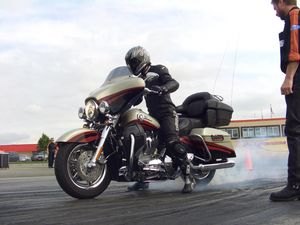






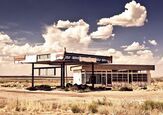

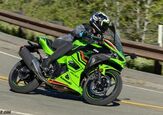
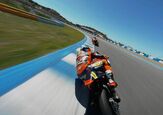
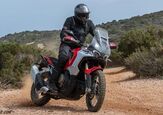

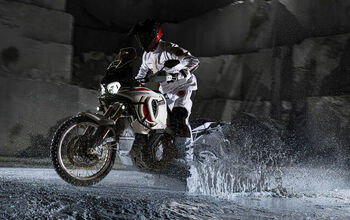
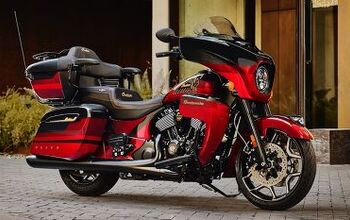
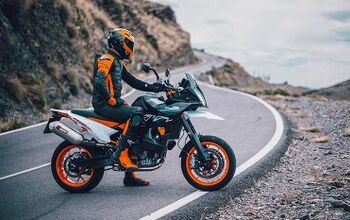

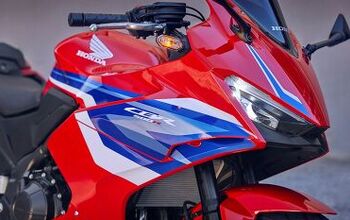
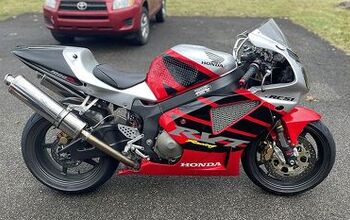
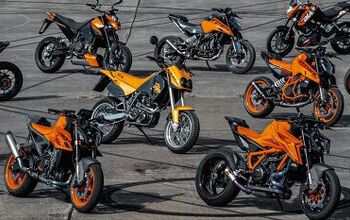
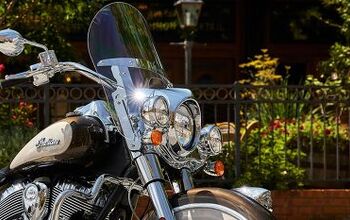
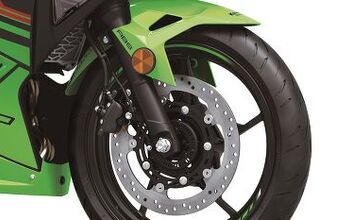
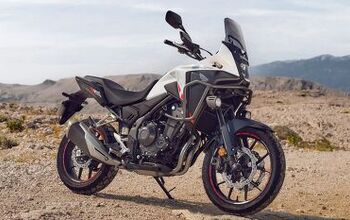

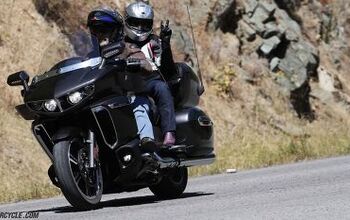
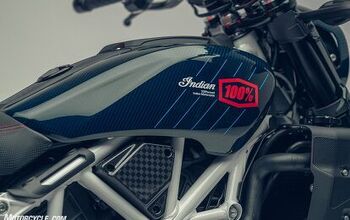
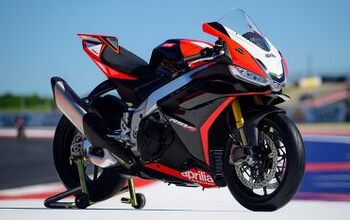
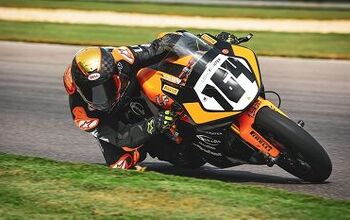
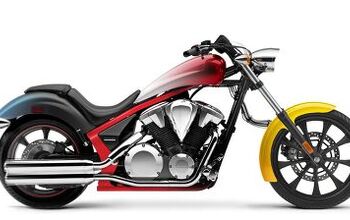
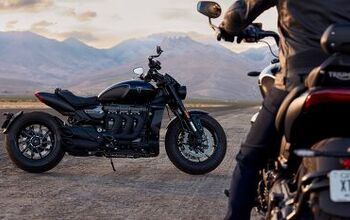
Comments
Join the conversation